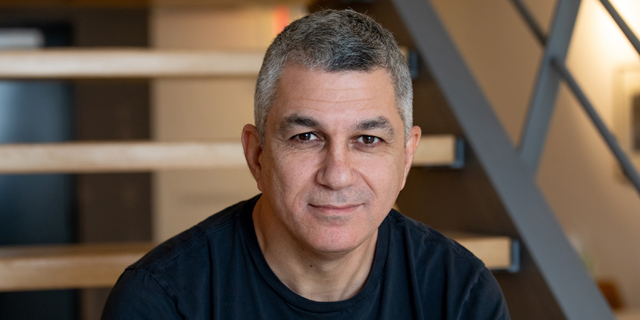
Opinion
Bootstrapping is a means to an end
It’s a way to help founders find the right investors for their company, argues Gal Oron, CEO of Zoomin
Gal Oron | 09:56, 17.01.21
Editor’s Note: Below is a column arguing that Bootstrapping is only a start for companies and that they should turn to VCs for growth. You can find a counterpoint here.
Bootstrapping isn’t a walk in the park, a lot of my grey hair came from it at the beginning of our journey. We didn’t think about cash runway in terms of months, we thought about it in terms of weeks or even days. Bootstrapping breeds conservatism and keeps a lean organization, but being too budget-conscious limits your horizons and slows you down. Companies that raise funds are simply faster to market, even if they don’t have a strong infrastructure in place. Plus, when 90% of your time is focused on two areas - sales and great delivery - other important initiatives such as developing killer marketing campaigns, building a scalable finance organization, hiring senior management, or developing a solid company culture are done with minimal effort or neglected entirely. That means when you do raise money, you have to spend a lot of time fixing all the things you didn’t do the right way. Usually, there is a point in a company’s trajectory when it simply has to accelerate. For us, it took two years, 20 strong enterprise customers including McAfee, Dell, and Ping Identity, and a 100% retention rate for us to take the step to fundraise. We knew we had established a great product-market fit. Now it was time for us to run as fast as we could. We knew VC backing would help us do that. From the start, we had wanted to create an authentic product that fills a noticeable and impactful gap in the customer experience, and we realized early on that we had done that. We saw bootstrapping as a way to help us work through the kinks and growing pains inherent to young companies. VC money has a funny way of covering up these obstacles until they return later down the line with teeth. From day one we wanted to build our company the right way. This approach helped us establish a product-market fit and a culture that is based on authenticity and rigor. Interestingly though, our bootstrapping history helped us find the right investors for our company. Don’t get me wrong, not all investors love a bootstrapper. Some VCs value slickness - snazzy decks, a stunning website, a high-profile founding team. Truthfully, we had little of that. What we did have was a solid product, tier 1 customers, great execution capabilities, and proven resilience. This is what helped us raise $21 million from some of the best investors in the world such as Bessemer Venture Partners, Salesforce Ventures, and Viola Growth. If we looked back, in 2016 when I co-founded Zoomin along with Joe Gelb and Hannan Saltzman, one of the first decisions we made was to grow our company without raising any outside funds. Ultimately, this boiled down to personality – we preferred to bootstrap than to take someone’s money without the full confidence that our product was going to work. It’s been interesting to see and remember how bootstrapping helped prepare us for the challenges created by the Covid-19 crisis. Bootstrapping created an unshakeable belief in our ability to win and execute. It created a tough resilience that’s threaded into our DNA. Our hard-won determination and agility helped us navigate any uncertainty brought about by the crisis and emerge from it stronger and better. Gal Oron is the CEO of Zoomin. Photo: Zoomin